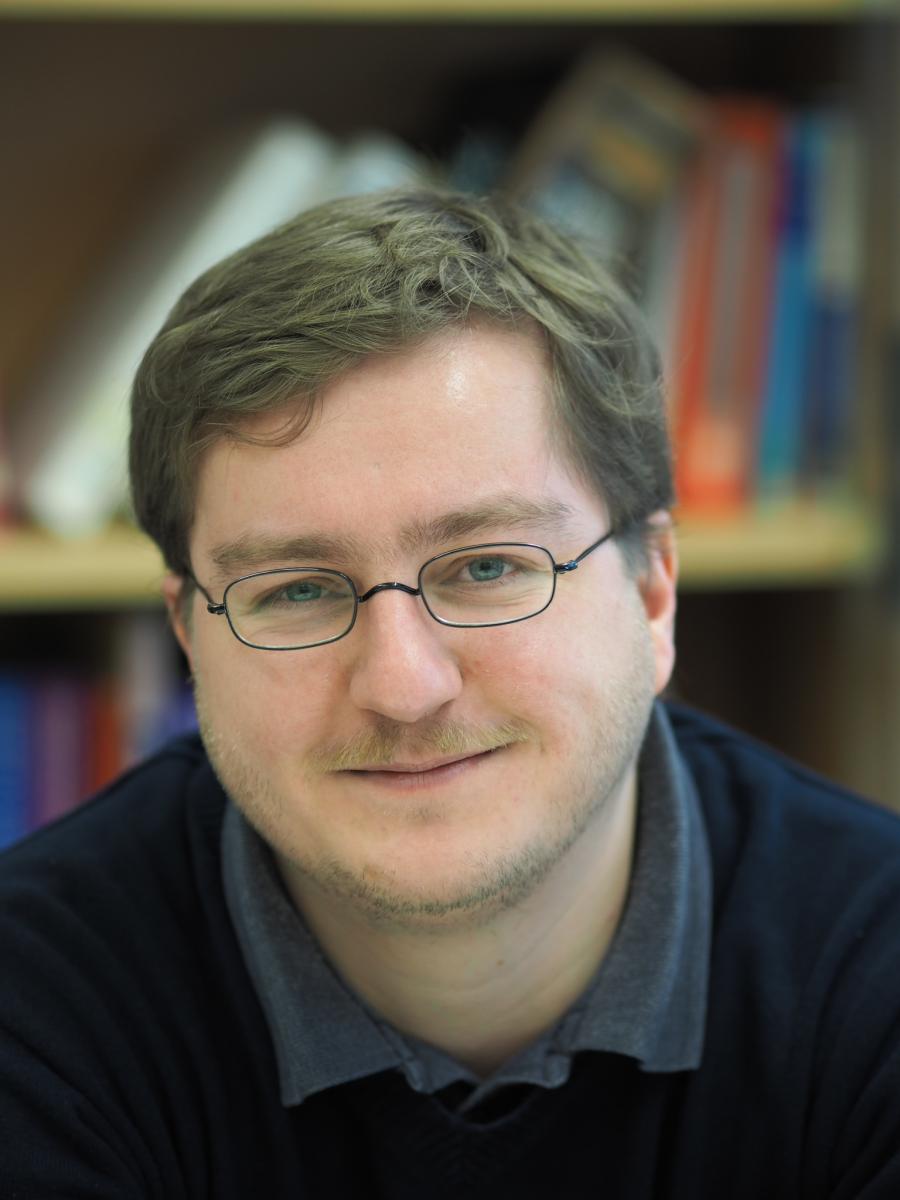 Bayesian Inference for Measurement Problems
Bayesian Inference for Measurement Problems
Markus Neumayer
Institute of Electrical Measurement and Measurement Signal Processing, Graz University of Technology, Austria
ABSTRACT
Gaining knowledge about a quantity of interest from measurements/observations is an essential part of measurement signal processing. For the extraction process of an inner state of information, different signal processing approaches are known. Classical non-parametric methods, e.g. correlation or DFT-based methods, are well established techniques. Yet they are limited to problems with a simple relation between the data and the unknown quantity. Parametric signal processing methods, also known as model based signal processing methods, directly incorporate these models into a solution strategy. These approaches are typically applied to parameter estimation problems, state estimation problems, or the even harder class of inverse problems, where tomography or imaging problems have to be solved. This tutorial discusses the treatment of model based measurement problems within the Bayesian inferential framework. The Bayesian framework is marked by maintaining a probabilistic description of all available information. The statistical modeling process has to address the formulation of the data/state model, the measurement model, the noise model, and the prior model. Questions like: ”How to describe the quantity, which shall be estimated?”, “How are the measurements distorted by noise?”, or “Is there any knowledge on the quantity to be estimated”, have to be answered during the modeling process. Bayes law provides a unified approach to combine all models by means of the likelihood function and the prior distribution, resulting in the posterior distribution. Inference is referred to the exploration of the posterior distribution. While point estimators like the maximum a posteriori (MAP) estimator or the maximum likelihood (ML) estimator can be derived naturally from the unified Bayesian formulation, the Bayesian framework also allows for the computation of any expectation value for the solution. Numerical sampling schemes based on Markov chain Monte Carlo (MCMC) techniques have to be employed to construct a Markov chain representing the posteriori distribution. By means of Monte Carlo integration any expectation over the posterior can be computed as a weighted sum over the Markov chain, enabling aspects like uncertainty quantification (UQ). This tutorial will give a comprehensive overview about the Bayesian approach for measurement problems and inference over the quantity of interest. The Bayesian modelling process will be discussed and state of the art algorithms for MCMC will be presented. The tutorial will be rounded up by demo examples illustrating all important aspects.
AUTHOR BIOGRAPHY
Markus Neumayer was born in Kitzbühel, Austria in 1983. He studied electrical engineering at Graz University of Technology (TU Graz) and received the Dipl. Ing. degree and the Dr. techn. in 2008 and 2011, respectively. He is currently a senior scientist with the Institute of Electrical Measurement and Measurement Signal Processing at Graz University of Technology. During his PhD he was with the Department of Physics at the University of Otago, Dunedin/NZ, where he did research on Bayesian Methods for inverse problems under the supervision of Prof. Colin Fox, as well as Prof. Jari Kaipio (University of Auckland/NZ). His PhD was awarded by the Austrian government in 2012 (Award of Excellence). In 2012 he also received a research award from the Styrian government for his contributions in the field of numerical simulations. His research interests include physical modeling of measurement problems/systems and sensors, numerical methods, inverse problems, Bayesian methods and statistical signal processing.
